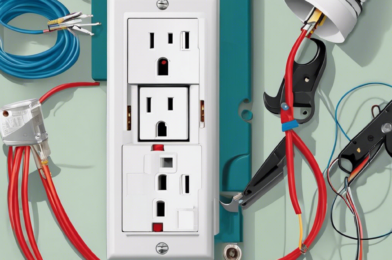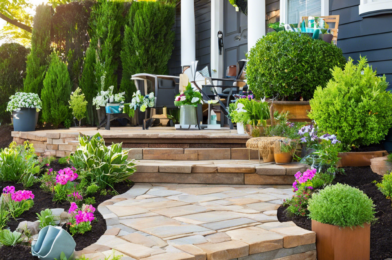Are you new to the world of woodworking and eager to get your hands dirty with some basic projects? Woodworking is an incredibly rewarding craft that allows you to create beautiful and functional pieces while honing your skills. For beginners, it’s essential to start with simple projects that build confidence and develop fundamental techniques. Here’s a guide to some basic woodworking projects that will have you falling in love with this timeless craft.
**Creating a Wooden Picture Frame:**
One of the simplest and most satisfying projects for beginners is crafting a custom picture frame. Start by selecting a suitable wood species, considering options like pine, oak, or walnut, depending on your desired finish. Measure and mark the wood to the dimensions you need for your picture, then cut the pieces to size. Use a mitre saw or a mitre box to achieve precise 45-degree angles for the corners. Assemble the frame using wood glue and small nails or brads, ensuring the corners are tight and well-aligned. Finish your frame by sanding it smooth and applying a stain or paint to suit your personal taste. This project teaches basic measuring, cutting, and finishing techniques while resulting in a practical and personalized piece.
**Building a Wooden Jewelry Box:**
Create a stylish home for your accessories with a wooden jewelry box. Choose a design that incorporates a lid, a base, and perhaps a simple divider system inside. Cut the pieces to size, ensuring accuracy for a snug fit. You can experiment with basic joinery techniques like butt joints or even try your hand at more advanced methods like dovetail joints. A jewelry box project will introduce you to the art of sanding and finishing to create a smooth, polished surface. Add a charming touch by installing a small hinge for the lid and a delicate catch to keep it securely closed.
As you embark on these projects, remember that woodworking is a journey of continuous learning. Each project will teach you valuable lessons and techniques, building your skills and confidence. So, pick up your tools, embrace the process, and enjoy the satisfying world of woodworking. Happy crafting!









